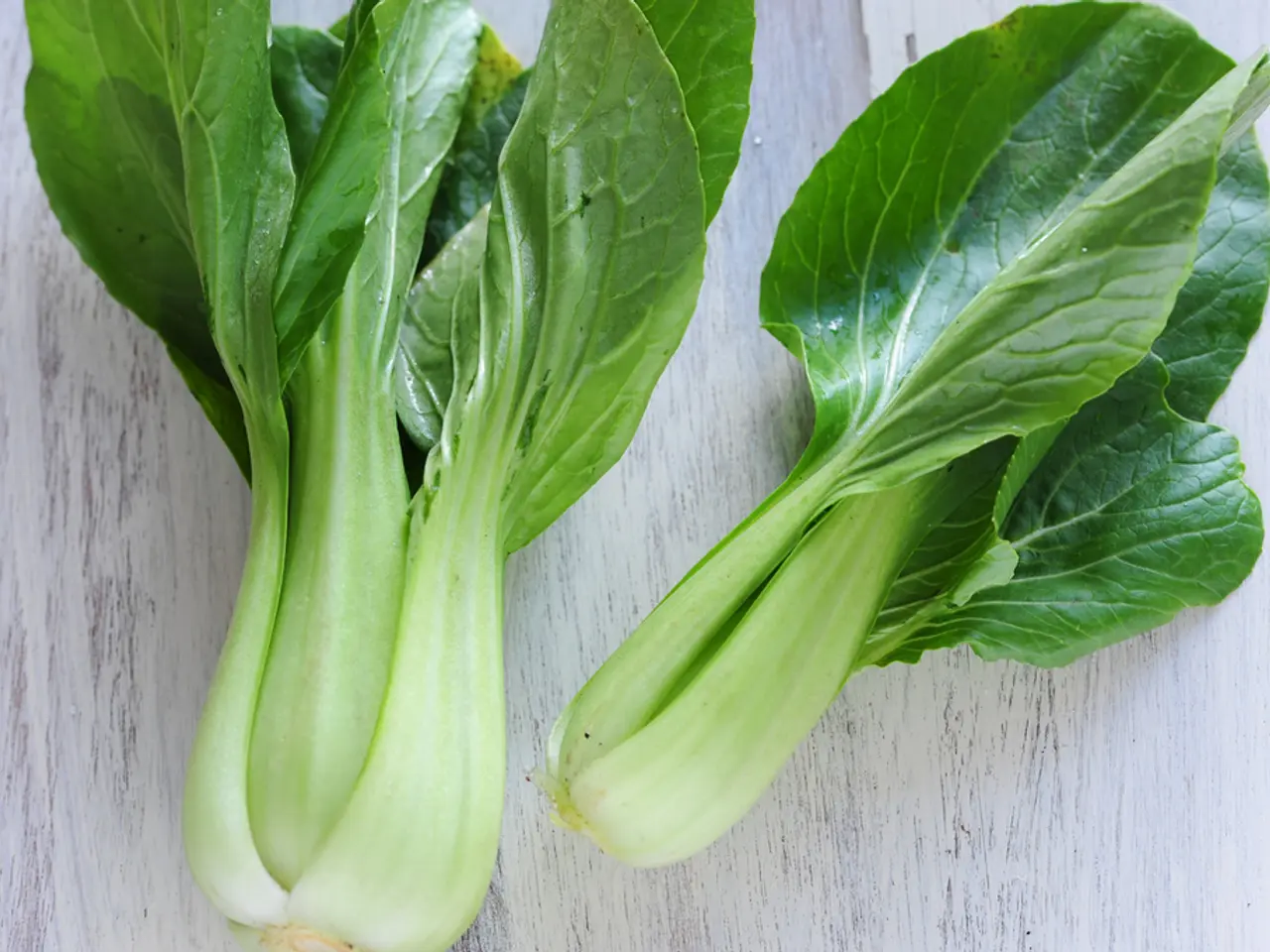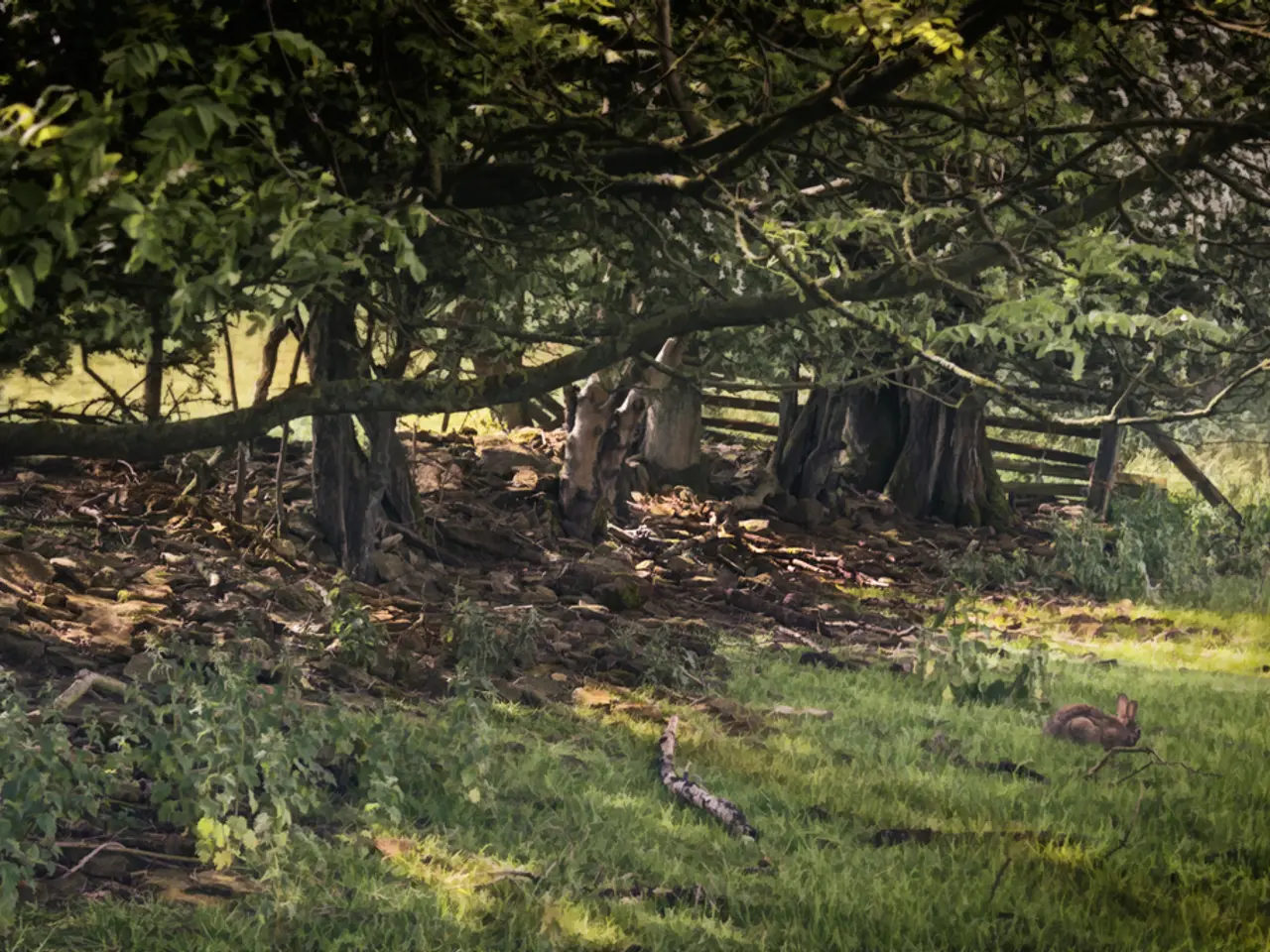August Plantings: Vegetables and Herbs to Cultivate
August is an ideal time for gardeners to extend their growing season and enjoy a continuous harvest of fresh vegetables and herbs throughout the fall. By strategically planting early-maturing varieties, gardeners can reap the benefits of a bountiful garden even as the days grow shorter and cooler.
One of the heat-tolerant vegetables well-suited for August planting is arugula. Arugula can germinate in soil temperatures up to 85-90°F and survives light frost, making it an excellent choice for succession planting. Baby leaves are ready for harvest in about a month, and mature leaves are also good for fall harvesting.
Brassicas, such as kale, cabbage, Brussels sprouts, broccoli, cauliflower, kohlrabi, and collards, are also cold-tolerant and become sweeter after frost. These can be harvested early or wait for mature heads. Radishes, another fast-growing vegetable, can be sown every 7-10 days to maintain a constant harvest.
Lettuce and spinach, while slow or bolt in midsummer heat, can be successfully sown every 10-14 days for ongoing harvest. Beets, turnips, and kohlrabi are also good choices for late summer sowing to harvest in fall. Bush beans, cucumbers, and summer squash can be replanted as older plants fade to extend the harvest season.
When it comes to herbs, basil, cilantro, dill, oregano, thyme, and lemongrass are all suitable for August planting. Basil thrives in heat and requires regular watering to keep the soil consistently moist. Cilantro bolts quickly in heat but can be grown in cooler microclimates or light shade for late summer succession planting. Dill does well in warm weather and matures in 40-60 days, making it a good companion for pickling produce.
Oregano and thyme are heat and drought-tolerant, making them ideal for mid to late summer transplanting. Lemongrass transplants well and loves hot weather, growing continuously throughout fall in warm climates.
To ensure success with August planting, choose early-maturing varieties with shorter days to maturity to ensure they finish before the first frost. For succession planting, sow seeds every 7-14 days depending on the vegetable to maintain a steady harvest. Monitor soil temperatures for seed germination, as too hot or too cold can impede growth. Start brassicas and cool-season crops in August for fall harvest since they tolerate frost and cooler weather well.
Summer squash varieties, such as zucchini, can still be planted in early August in many regions. Shorter days in August can help prevent some plants from bolting. Thyme requires minimal watering and is drought-tolerant. The soil in August is warmer compared to spring, providing an ideal environment for root development.
By following these guidelines, gardeners can enjoy a continuous supply of fresh produce from their gardens well into the fall months. Happy gardening!
- Besides arugula, brassicas such as kale, cabbage, Brussels sprouts, broccoli, cauliflower, kohlrabi, and collards are also ideal for August planting, as they can withstand light frost and become sweeter after frost.
- For continued fresh produce, lettuce and spinach can be successfully sown every 10-14 days, and beets, turnips, and kohlrabi are also good choices for late summer sowing to harvest in fall.
- When it comes to herbs, basil, cilantro, dill, oregano, thyme, and lemongrass are all suitable for August planting, with basil thriving in heat and requiring regular watering, while cilantro can be grown in cooler microclimates or light shade for late summer succession planting.




